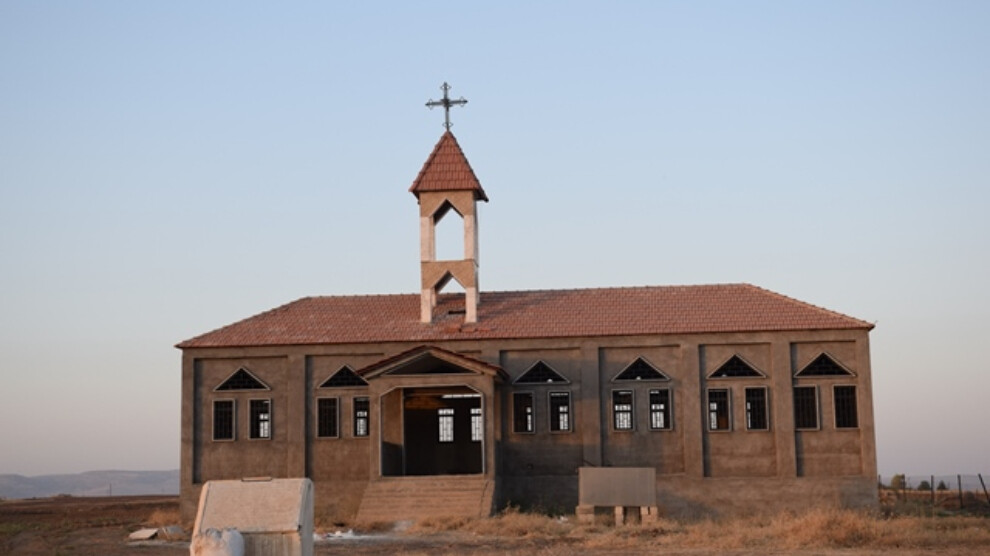Jazira region, an example of peoples' co-existence
The Jazira Region of Northern and Eastern Syria is known as a mosaic of peoples. They leave togather and fight the invasion attacks together.
The Jazira Region of Northern and Eastern Syria is known as a mosaic of peoples. They leave togather and fight the invasion attacks together.

The Jazira Region of Northern and Eastern Syria is known as a mosaic of peoples. The peoples of the region, which bear the traces of all parts of Syria, live together in many villages. The peoples, who struggle together against the attacks on the region, continue to weave life together.
The harmony between Kurds and Assyrians in Tirbespiye draws attention. The two peoples, who live together in harmony and without conflict, have fully implemented the common and equal life model. The villages of Til Cihan, Şelhomiye, Miherkan, Mela Ebas are among those villages where successful co-existence can be seen.
Syriac Semîr Keta, who lives in the village of Tıl Cihan, 10 km west of Tirbespiye, told ANHA: “We have been living together with Kurds since our grandfathers. Those who come to the village cannot distinguish between Syriacs and Kurds. We continue to live happily together.”
Ehmed Sefok, another resident of the village, added: “Our village is an example for co-existence. "All peoples live together without any problems."
The village of Tıl Cihan, located near the North Kurdistan border, was subjected to the attacks of the invading Turkish state many times.
Edna Kenco, one of the residents, said: "We live in a village close to the border with Turkey. Our destiny is one. We live together implementing a common life in every field, we rejoice together in our happy day, and we feel sad together in our mourning. It would be very difficult for us to separate from each other.”
In the village of Şelhumiye, north of Tirbespiye, Kurds and Assyrians set an example of social cohesion. Village residents all help each other, and solutions are found by acting together in case of problems. For example, a Kurd named Ebas Şêxî voluntarily donated some of his land to Assyrians to build a new church.
Speaking about the common life in the village, Ebas Şêxî said: “My grandmother fought the Ottoman forces against the genocide of the Syriacs in 1915. In 1930, we built a church for Assyrians in Tirbespiye and opened it to worship. In 1950, my father helped Assyrians and had their old churches restored.”
Saying that the Syrian government and the Turkish state tried to spread strife between the peoples of North and East Syria in the past, Ebas Şêxî added: “The common history of Kurds, Arabs and Assyrians is greater than those who try to bring these peoples against each other. Our blood flowed together to protect our land, we learned each other's language and we speak, we live the same fate in the same lands."